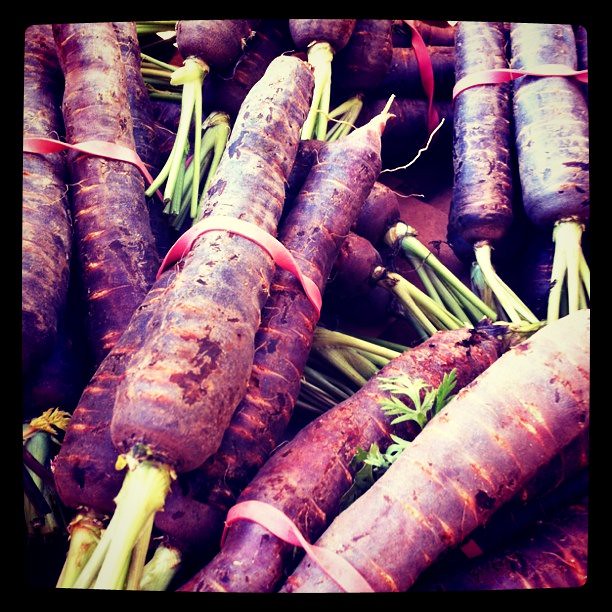This week I want to shine a bit of light in the gloom I’ve
been spouting, and talk about sustainable agricultural practices. Yes, I know
that I’ve been going on about how our agricultural systems are enormous
emitters and we’re all going to eat ourselves into an agrapocalypse of high
emissions and vanishing rainforests, but there is some hope left out there!
Humans don’t actually want to become extinct, so sometimes we do face our
problems and work on solutions.
When looking at news stories on breakthroughs in the field, it can be a little hard to sort the wheat from the chaff (agriculture joke for you there) but there have been a few recently that I’ve come across and found somewhat interesting. First, this one about feeding seaweed to cows has been doing the rounds recently, and while it probably needs a little more experimentation before it becomes the norm, it’s quite an exciting notion. I plan, in a later post, to discuss why pastoral farming in general isn’t the best thing for the environment, but something people are often fascinated with is the fact that cow burps emit a lot of methane. And now, this study seems to be en route to solving that by adding this seaweed to cows' diets. It sounds a little funny, and trivial, but it’s actually quite a big thing. Hundreds of thousands of cows are out there right now, burping us into a future of sea level rise and freak weather conditions, and finally someone is doing something about it. Maybe.
I also got hold of this one (image below), about Sundrop Farms in Australia, thanks to my dear grandmother’s penchant for sending me newspaper clippings she thinks I’d like. Growing crops with nothing but seawater and solar power sounds like a pipe dream, but if we can make it real then… well, good. Seawater and sunshine and both things of which we have something of an abundance, so we might as well put them to good use. Desalination of water is an energy-intensive process, but using solar power would keep it ‘green’. It’s an exciting concept, at any rate.
Chris Moss, The Sunday Telegraph, November 27th 2016
These are just a
couple of current examples of changes in the way we treat the agricultural
system, aiming towards a greener food industry. While these developments are both
exciting and funny sounding, it’s important to remember that most agriculture
does not in fact take place in laboratories or experimental facilities. There
are hundreds of thousands of farms in the world, all operating under slightly
different systems, but the majority of them favouring emissions-heavy
techniques. Sustainable agriculture is an exciting prospect and a wonderful goal,
but it takes innovation and fundamental changes to the way in which we view and
treat our food supply.





